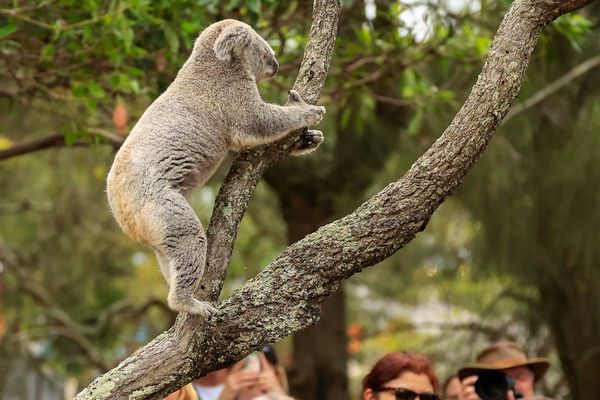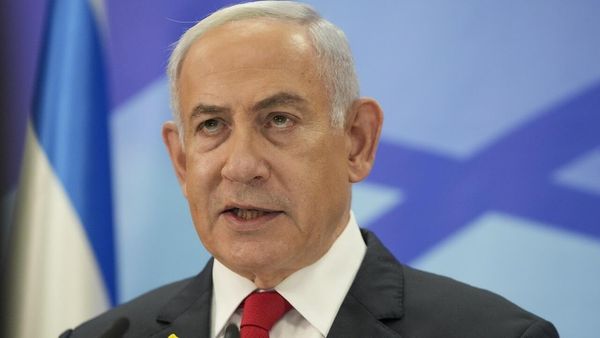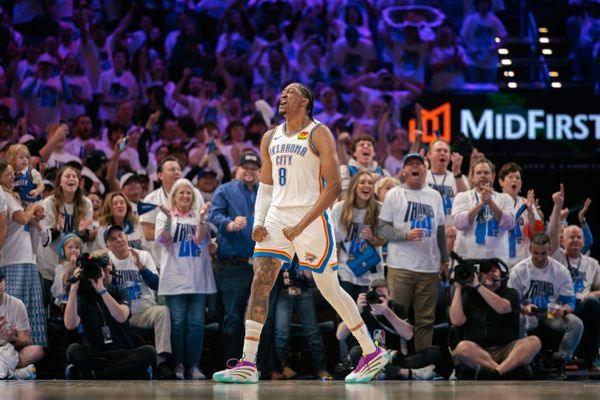

The 2025 federal budget lock-up marked a significant shift in how politics is communicated to younger generations. For the first time, 13 content creators, including influencers and representatives from new media outlets, were invited to preview the budget papers alongside traditional media outlets.
This move by the Australian Labor Party has sparked some excitement and controversy. In the wake of teh backlash, several content creators have spoken out to defend their presence at the lock-up.

Which content creators and new media groups were invited to cover the 2025 federal budget?
The group included Milly Rose Bannister, founder of a youth mental health charity ALLKND, Hannah Ferguson from Cheek Media, Glen James from the Money, Money, Money podcast, Bryce Leske and Alec Renehan from Equity Mates, Natasha Etschmann from Tash Invests, Emily Bester from Airing Your Dirty Laundry, Emma Edwards from Broke Generation, Molly Benjamin from Ladies Finance Club, Ailish Delaney from Mamamia, Tarla Lambert-Patel and Angela Priestley from Women’s Agenda, Alicia Vrajlal from Draw Your Box, and Phoebe Saintilan-Stocks from Missing Perspectives.

How did content creators get invited to the federal budget?
Speaking to PEDESTRIAN.TV, Sydney based content creator Milly Rose Bannister explained that Finance Minister Katy Gallagher‘s team invited her to cover the budget lock-up, given her content focuses on budgeting and finance issues affecting young people. While some participants had their travel costs covered by Labor, none were paid for content or opinions.
Bannister noted, “I accepted [the travel support] because otherwise it wouldn’t have been an accessible experience for me. But the important part was that we were not paid for content and we were not paid for comment or our opinions.”
Milly shared with us that no money was directly transferred to her, the party “booked the travel” for her.
Notably, most of the content creators that attended the budget have teams of less than 10 people. Traditional journalists do not individually have to pay for travel costs to Canberra as most often their publication will cover the bill.
What did the content creators get to do at the budget?
The content creators had a similar experience to traditional media, with some differences in timing. They entered the lock-up a couple of hours after traditional press and had the same protocols and rules. Bannister emphasised that they were there to do a job, and had community-focused questions for the ministers. She said, “We’re not there on, you know, a brand trip. We were there with very specific and critical questions for the Labor ministers who popped in to visit us.”
Bannister also had the opportunity to speak with Prime Minister Anthony Albanese, see here:
Milly confirmed that no questions had to be vetted prior to the interview.
Backlash and response
Critics and news articles have raised concerns about potential bias and the blurring of lines between journalism and marketing often pitting new media against traditional outlets:

However, content creators argue that their presence offers a fresh perspective, engaging younger audiences in ways traditional media can’t.
Hannah Ferguson told SBS, “New media has really powerful engagement with their audience who may not know that much about politics, and our ability to communicate directly with our audiences about the issues that matter to them is far more engaged and far more relevant than large parts of legacy media.”
Ferguson wrote on an Instagram post, “I paid my own way and took an incredible opportunity to solidify the power of new media in connecting people with politics. Legacy media is proving its irrelevance with every new article they publish.”
The backlash has particularly targeted the women involved, with some critics questioning their credibility and influence.
Bannister emphasised that new media meets people where they are, particularly young people, and can mobilise them to use their voting power. She highlighted in the same article, “We’re not advising people on who to vote for. We’re advising people to vote informed.”
Missing Perspectives (which did not accept travel coverage), points out that while some critique is valid, context must be involved in the conversation.
“While the rise in creator-led content democratises storytelling, admittedly there is still work to be done in identifying how content creators play that role responsibly. Journalists have had decades to iterate their code of ethics,” Saintilan and Vrajlal wrote for Missing Perspectives.
“Content creators looking to build audiences on newer platforms like Instagram are still working out how best to perform this emerging role.”
What impact will new media have on the election?
As Australia heads into an election year, it’s clear that the role of new media is becoming increasingly important. Both Prime Minister Anthony Albanese and Opposition Leader Peter Dutton have already appeared on popular podcasts, signalling a broader strategy to engage with younger voters through non-traditional media channels. Greens leader Adam Bandt even performed a DJ set in Melbourne — if that’s not a sign that the pollies are trying anything at this point, I don’t know what is.
In fact, Bannister noted that she has been approached by all parties except the Liberal Party to cover aspects of the election.
The future of new media in politics
Bannister emphasised the importance of collaboration between new and traditional media, suggesting that traditional outlets could benefit from new media’s insights into younger audiences. She noted, “It would have been so much more beneficial for them to actually come and speak to us first, to kind of collect our insight, to further address the younger audiences specifically.
“New media meets people, and young people specifically, where they’re at… We’re community leaders and we’re educators and we’re advocates, and we’re often the first port of call for information and support and that kind of political literacy.”
She also pointed out that there doesn’t need to be a divide between generations when it comes to media.
“I don’t think new media just has to focus on the next gen. I think there’s room for everyone.”

For election season, Bannister plans to focus on political literacy pointing out the importance of informed voting. She noted, “New research tells us that for the first time since reporting began in 2004, civics knowledge in school students is at an all-time low, which is really interesting, considering that we know the younger generation is very driven by values.
“I think the really important thing for us is not to tell people how to vote, but to encourage them to vote informed, because information is power at the end of the day.”
As the political landscape continues to evolve, the integration of new media into traditional spaces is likely to increase, so we need to get with the program! Whether this collaboration enhances political engagement or blurs ethical lines remains a topic of debate. However, one thing is clear: new media is here to stay, and its influence on political discourse will only grow.
Lead image: Supplied / Instagram
The post Content Creators Respond To Budget Backlash: ‘We’re Not There On A Brand Trip’ appeared first on PEDESTRIAN.TV .







